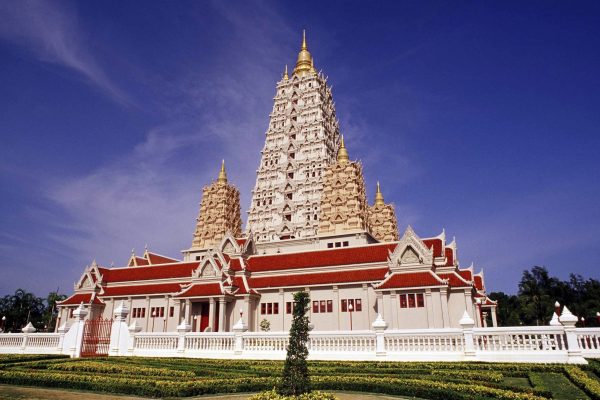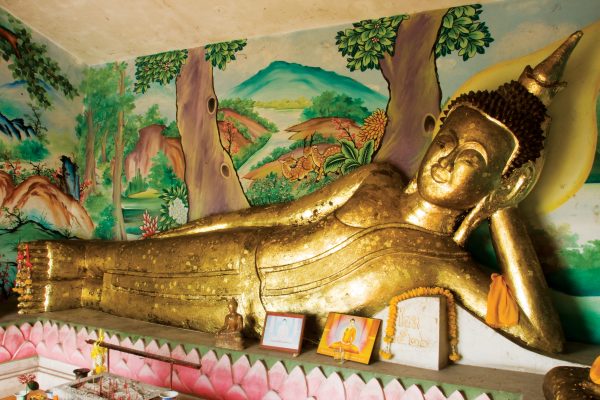
Wat Buak Krok Luang
Wat Buak Krok Luang is a small temple in Tha Sala Subdistrict, Mueang Chiang Mai District, Chiang Mai. It has a Lanna-style Wihan which was largely renovated in the time of Chao Kaew Nawarat, the ninth prince of Chiang Mai (1911-1939). It is a Maha Nikaya temple and was formerly known as Wat Muang Kham. As for the name Buak Krok Laung, it is from the Northern Dialect with Buak Krok meaning a hole while Luang meaning huge. The temple may have been named after a village or landscapes and surroundings, or the name may be derived from the village’s local legend. Legend has it that a long time ago, the village of Buak Krok Luang was hit by a famine and the residents were starved. As a consequence, the king of Chiang Mai took out rice from the royal barn and a huge hole was dug so as to pound the rice and distribute it to the villagers. This might be the origin of the name. The history and the evidence of the temple’s construction are not found. However, after studying its mural painting, it can be estimated that the Wihan is not less than 300 years old. It underwent many renovations. Written evidence was found on the tympanum read 2468 BE, which is probably the year of the massive renovation. The temple’s widely known prominent point is the mural painting in the Wihan which depicts the Buddha’s life and the Nibita Jataka tales, or the tales of the Buddha’s ten lives. Painted on the Wihan’s wall between the columns, it is divided into fourteen pictures. Each picture is painted within blue, red and yellow frames. On the north wall is the painting of Mahosot Jataka, the tale of the Buddha’s fifth life whereas on the south wall is Totsachat Jataka, the tales of the Buddha’s ten lives. This elaborate painting is Shan artists’ work. It can be noticed that Lanna’s mural painting does not depict all ten tales of the Buddha’s ten lives but only the popular ones. Wat Buak Krok Luang’s mural painting depicts six of ten tales, i.e. Suwannasam Jataka, Nemirat Jataka, Mahosot Jataka, Withurabandit Jataka, and Wetsandon Jataka.



